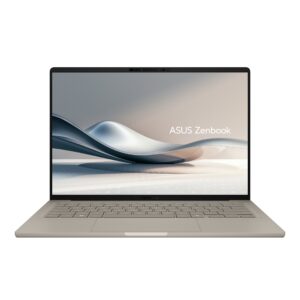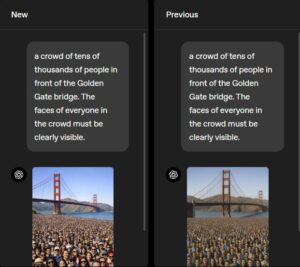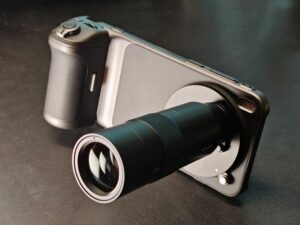The DJI Osmo 360, launched recently by DJI, is the Chinese drone maker’s latest 360-degree action camera that promises to capture all-around images in both photos and videos in a single take.
The main advantage of buying such a 360-degree camera over conventional cameras is the ability to capture all angles from the camera – from ultra-wide angle to third-person view and selfies – without needing to aim at a subject or frame a scene.
Having a 360-degree camera as an action camera is ideal for folks out and about. It’s handy, whether you use it for cycling, skiing, hiking, or even drone footage when mounting it on a large drone, such as a DJI Air 3 or Mavic 4.
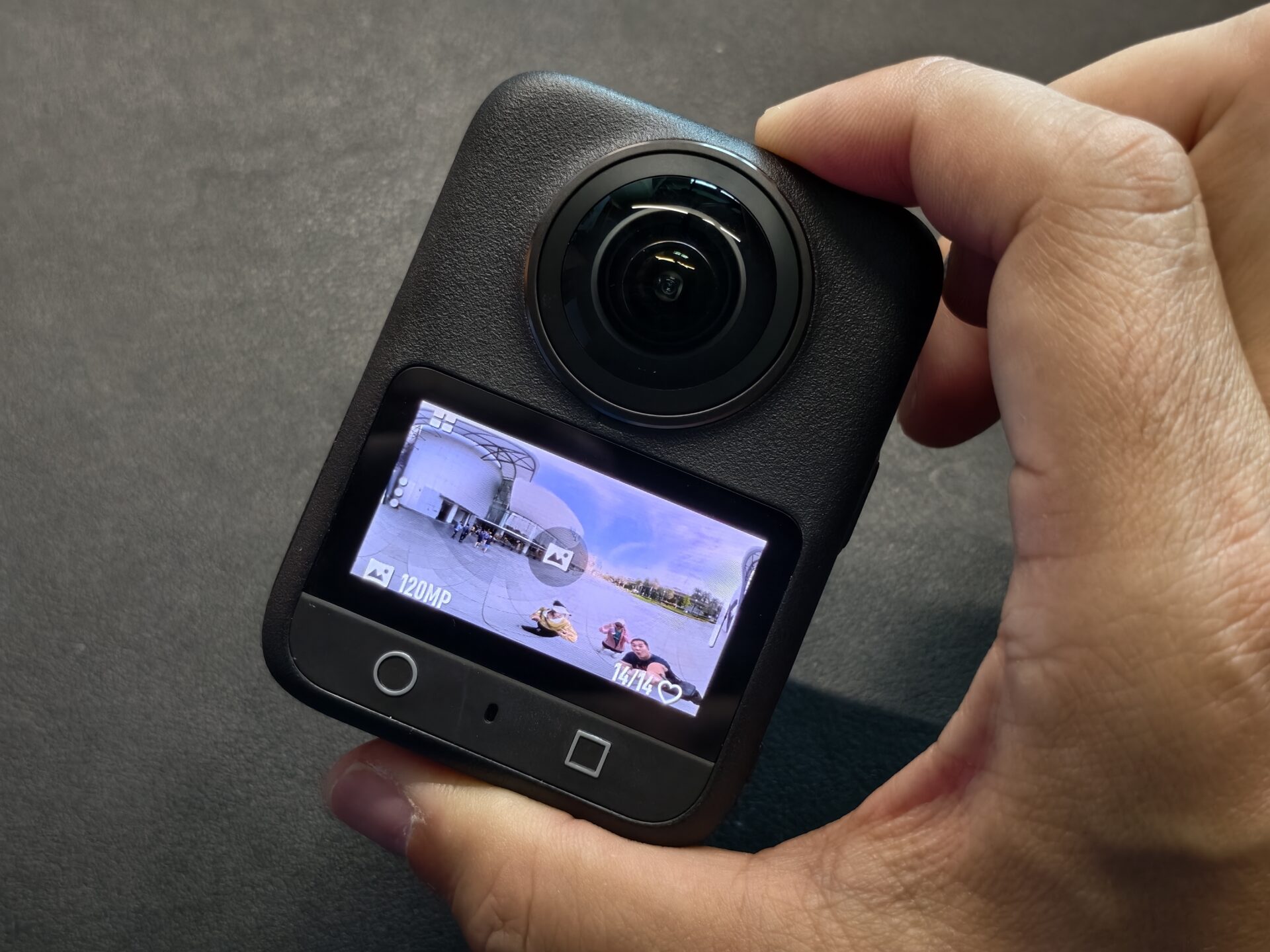
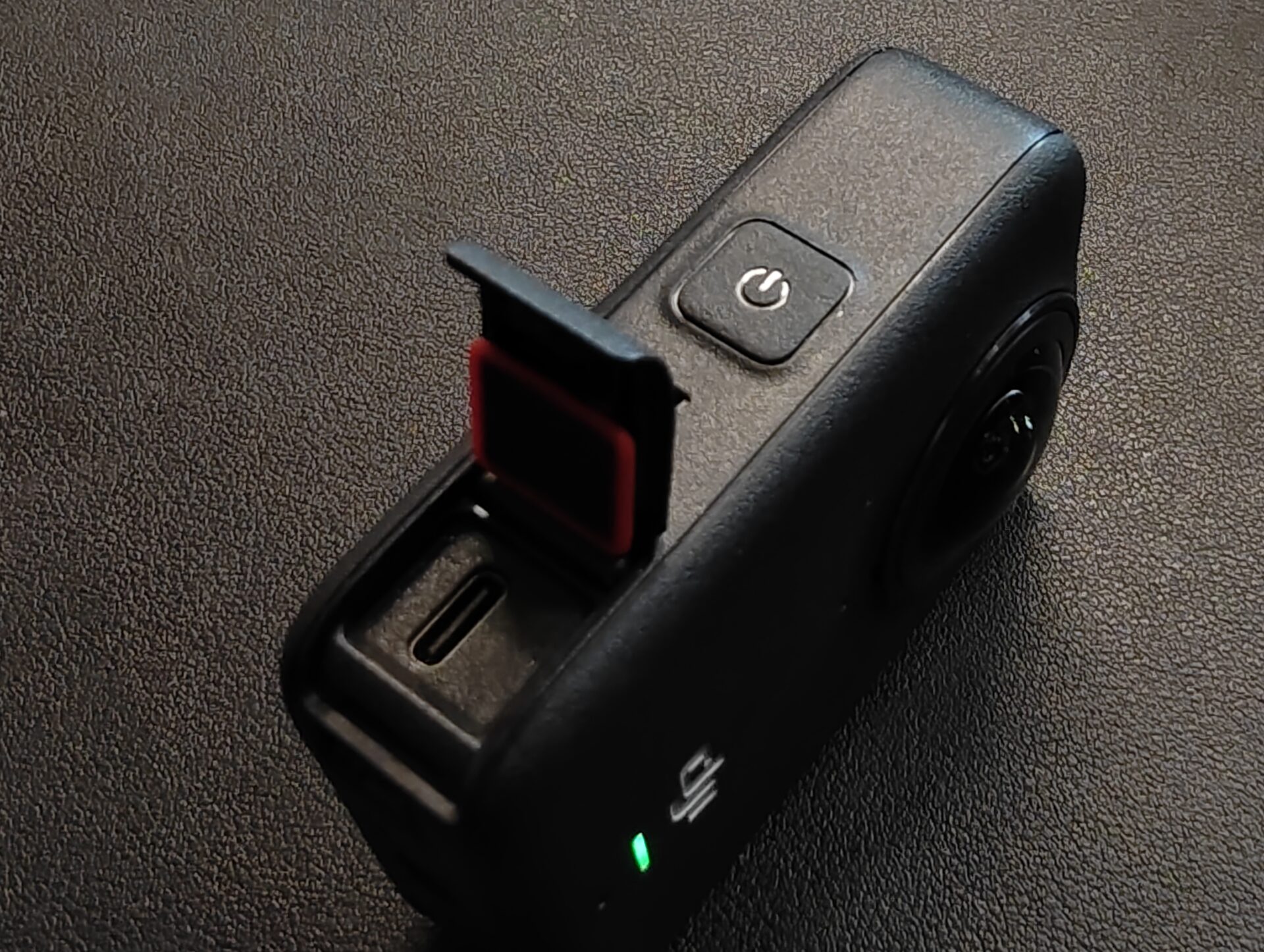
The new DJI Osmo 360 is oblong-shaped, which differs from the stick form used by rival camera maker Insta360. It also feels rugged, with the tough and rough plastic used to encase the camera’s internal parts. You’ll also find gaskets and double-action locks to ensure water does not leak into the device.
The DJI camera aims to impress with 1-inch sensors, similar to those used in premium smartphone cameras and compact cameras like the Sony RX100 VII, which can produce 360-degree 8K videos or 120-megapixel photos.
The two halves of the Osmo 360’s camera system together can shoot 8K 30fps videos for up to 100 minutes, although most clips would last a few minutes at most. If you like to shoot slow-motion clips, the camera can record 4K resolution at 120 frames per second.
The camera comes with three batteries, a charging case, a selfie stick and a magnetic mount with security clasps. First introduced with the DJI Action 2 camera, the magnetic mount makes it easy to install and dismount the camera, which is much more convenient than the ubiquitous GoPro mount.
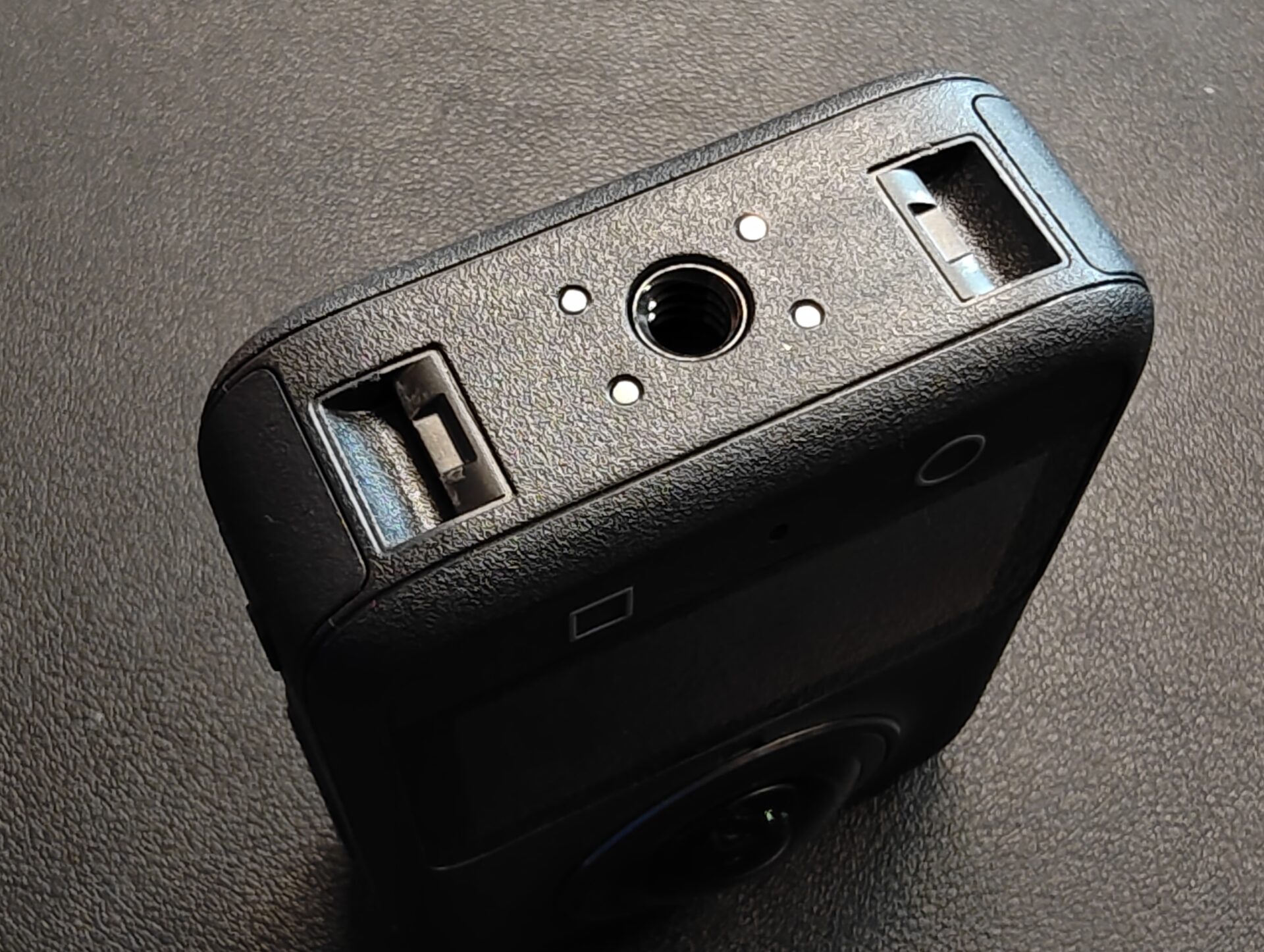
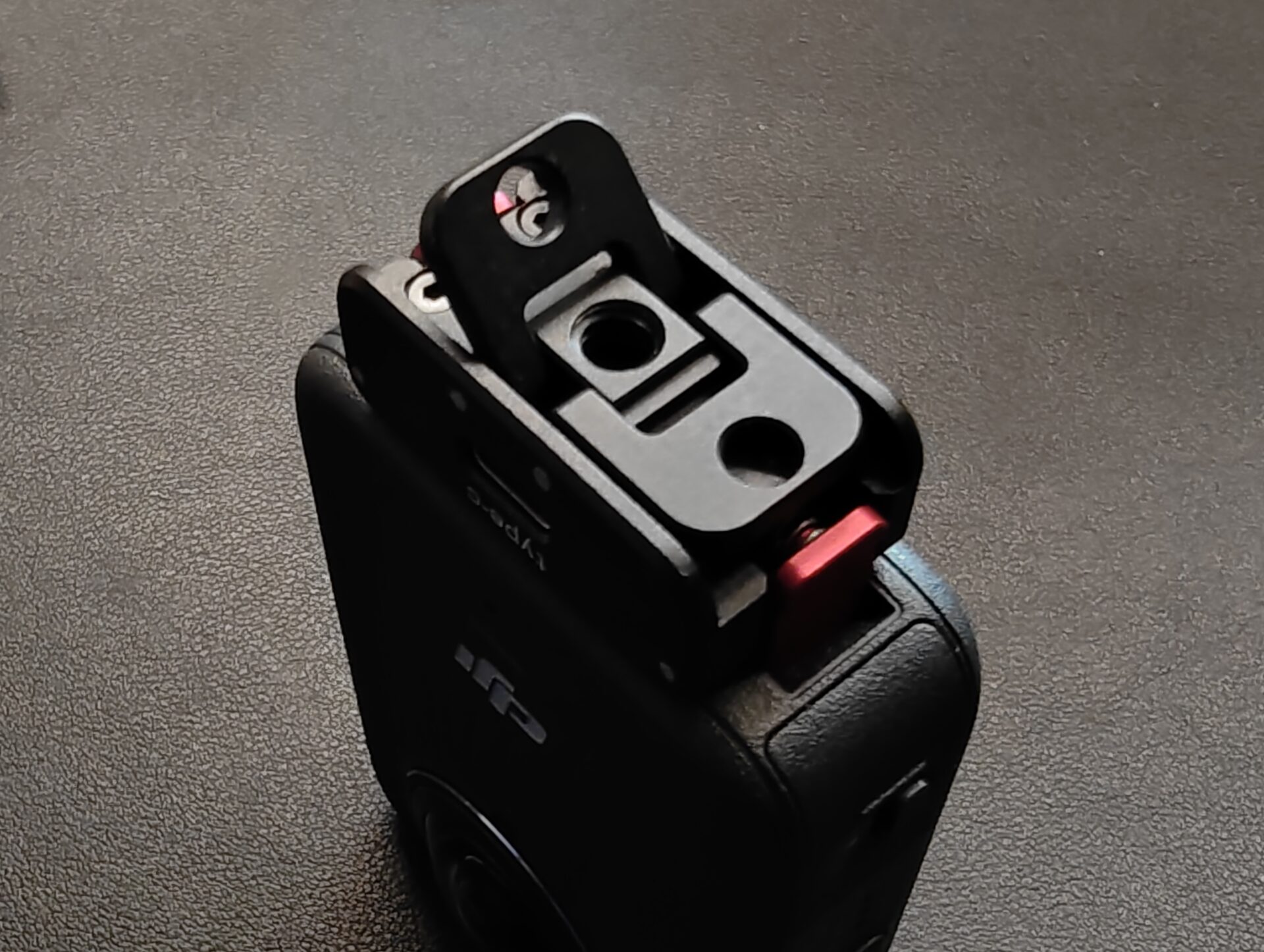
If you have a full suite of GoPro accessories, there are third-party mounts that can accommodate both DJI magnetic mounts and GoPro-style mounts. I have the Ulanzi OA-13, which helps me quickly adapt the new camera to my existing video setup.
To use the DJI Osmo 360 camera, simply attach it to the selfie stick and select your desired shooting mode, such as 360 photo, 360 video, Night Scene mode, Vortex (where you swing the camera around you), or HyperLapse.
Having a 1-inch sensor does offer an advantage, especially when shooting in low-light environments or at night, though it also means a bulkier device to house the sensor. Weighing 184g, the DJI Osmo 360 can be heavy to hold at the end of the selfie stick.
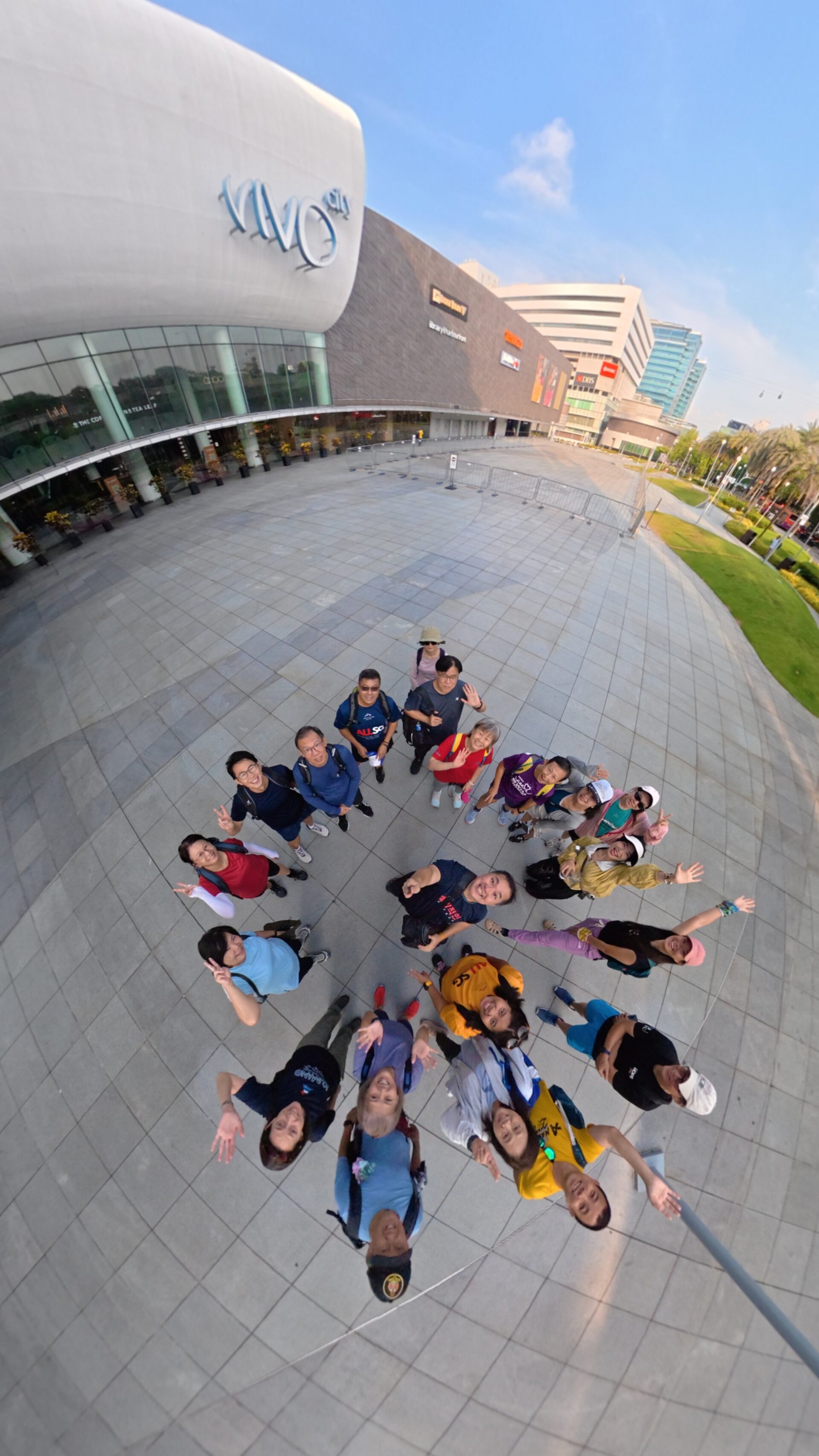
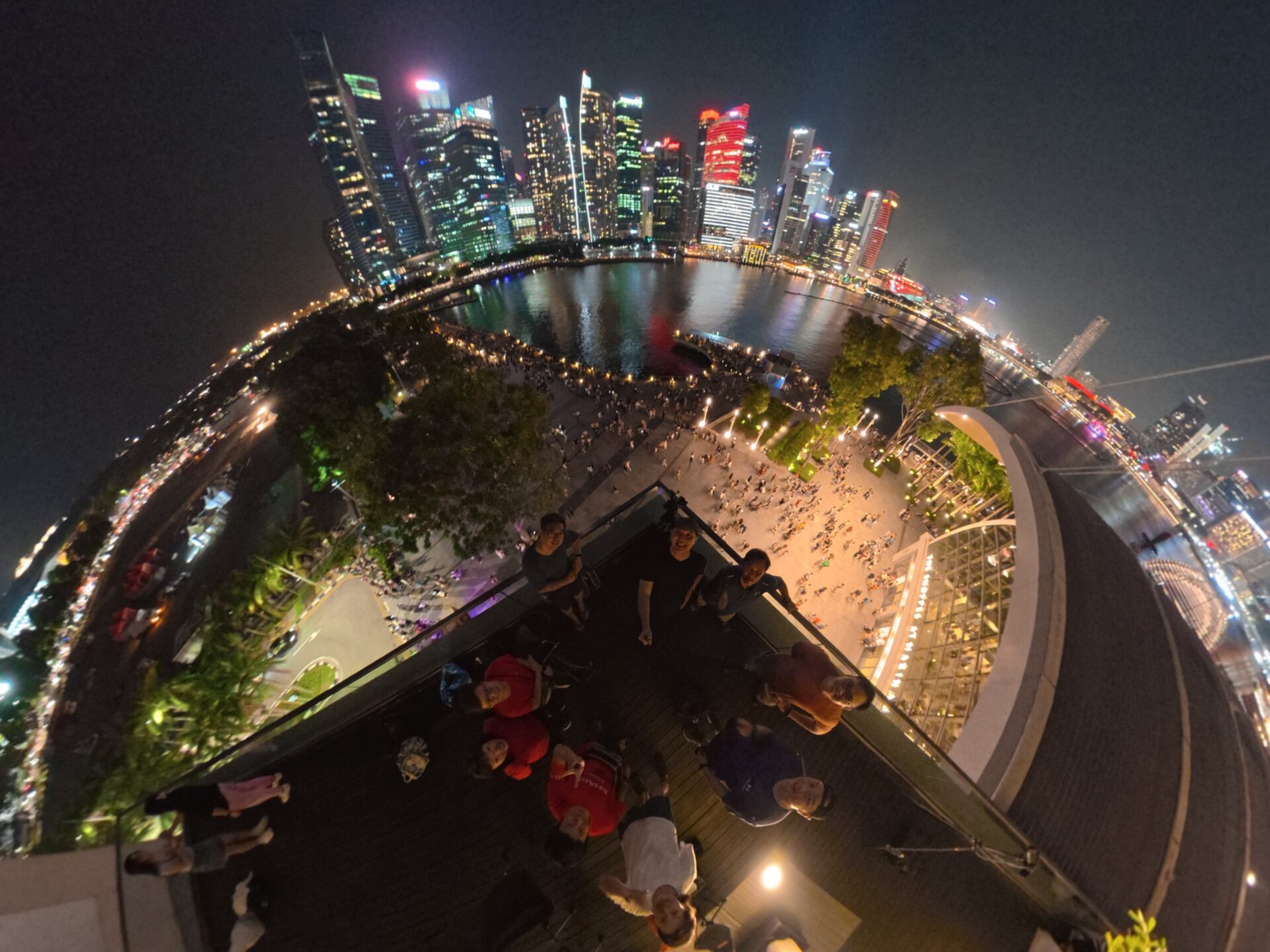
When I tested the low-light capabilities of the DJI action camera, I found it to have more ISO noise than the Insta360 One RS, though it is better than the Insta360 X3. This means more you’d need some time (and computing power) to clean up the ISO noise after a shoot on your PC.
The primary difference lies in the editing process between Insta360 and the DJI Osmo 360. At the time of writing, DJI has only made a desktop app available for macOS, and none for Windows. The Osmo Mimo app is also less comprehensive than Insta360’s in terms of templates for 360-degree footage.
There is also no news of a remote shutter controller that users can use to stop a recording remotely, which can be useful in many scenarios. Of course, a smartphone can control the camera using Bluetooth, but it will be less convenient.
In Singapore, the DJI Osmo Adventure Combo that I reviewed here costs S$729. The single-camera set with one battery can be had for S$569 but it does not come with a selfie stick, which is essential for 360 shots.
Should you buy the DJI Osmo 360? It’s decently made but it is difficult to recommend against rival Insta360, which offers features such as remote shutter control and editing software tools that provide a better overall experience.



